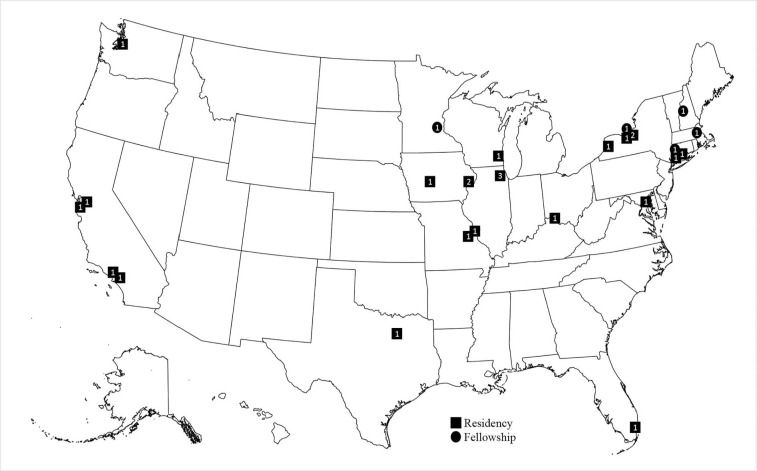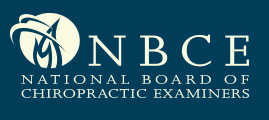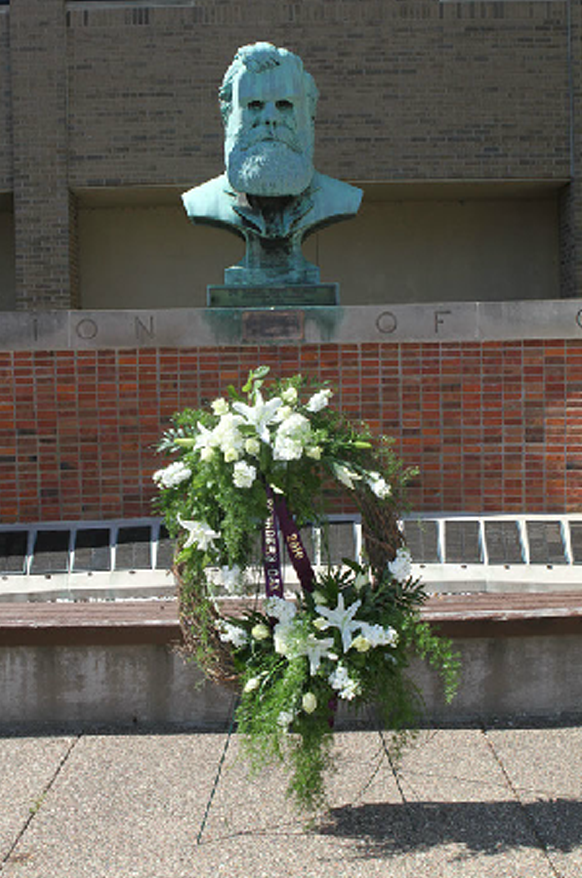Postgraduate Training Opportunities for Chiropractors: A Description of United States Programs
Postgraduate Training Opportunities for Chiropractors: A Description of United States Programs
SOURCE: J Chiropractic Education 2024 (Mar 4); 38 (1): 104–114Samuel M Schut
Chiropractic resident at the VA Connecticut Healthcare System
50 Campbell Ave,
West Haven, CT 06516
Samuel M Schut
Chiropractic resident at the VA Connecticut Healthcare System
50 Campbell Ave,
West Haven, CT 06516
Objective: The objective of this study was to describe and compare the current postgraduate training opportunities (PTOs) in the United States (US) for which doctors of chiropractic are eligible, namely, residencies, fellowships, and board certifications.
Methods: An internet search of publicly available English-language websites on Google.com was executed using a cache-cleared private browser and key search phrases. Following webpage data extraction, e-mail and telephone follow-up were completed with officials from institutions offering doctor of chiropractic programs possessing accreditation by the Council on Chiropractic Education (CCE) in the US. Additional programs identified were annotated and incorporated into the data set if they met the inclusion criteria. Descriptive statistics were generated following data aggregation.
Results: Three-hundred internet search results were screened, 70 of which were assessed for eligibility and 47 included for descriptive analysis. Among the 16 CCE-accredited institutions solicited, 13 returned correspondence (81.3% response rate), resulting in the addition of 2 programs to the data set ascertained by the initial web search. There were 49 PTOs for chiropractors. Of programs available, residencies represented 49.0% (24/49) of programs, and fellowships represented 12.2% (6/49) of programs. There were 19 board specialty diplomate programs, constituting 38.8% of PTOs.
Conclusion: This work details preliminary descriptive information on the current state of US-based PTOs for chiropractors.
Keywords: Chiropractic; Education; Fellowships and Scholarships; Internship and Residency.
From the FULL TEXT Article:
INTRODUCTION
There are more articles like this @




